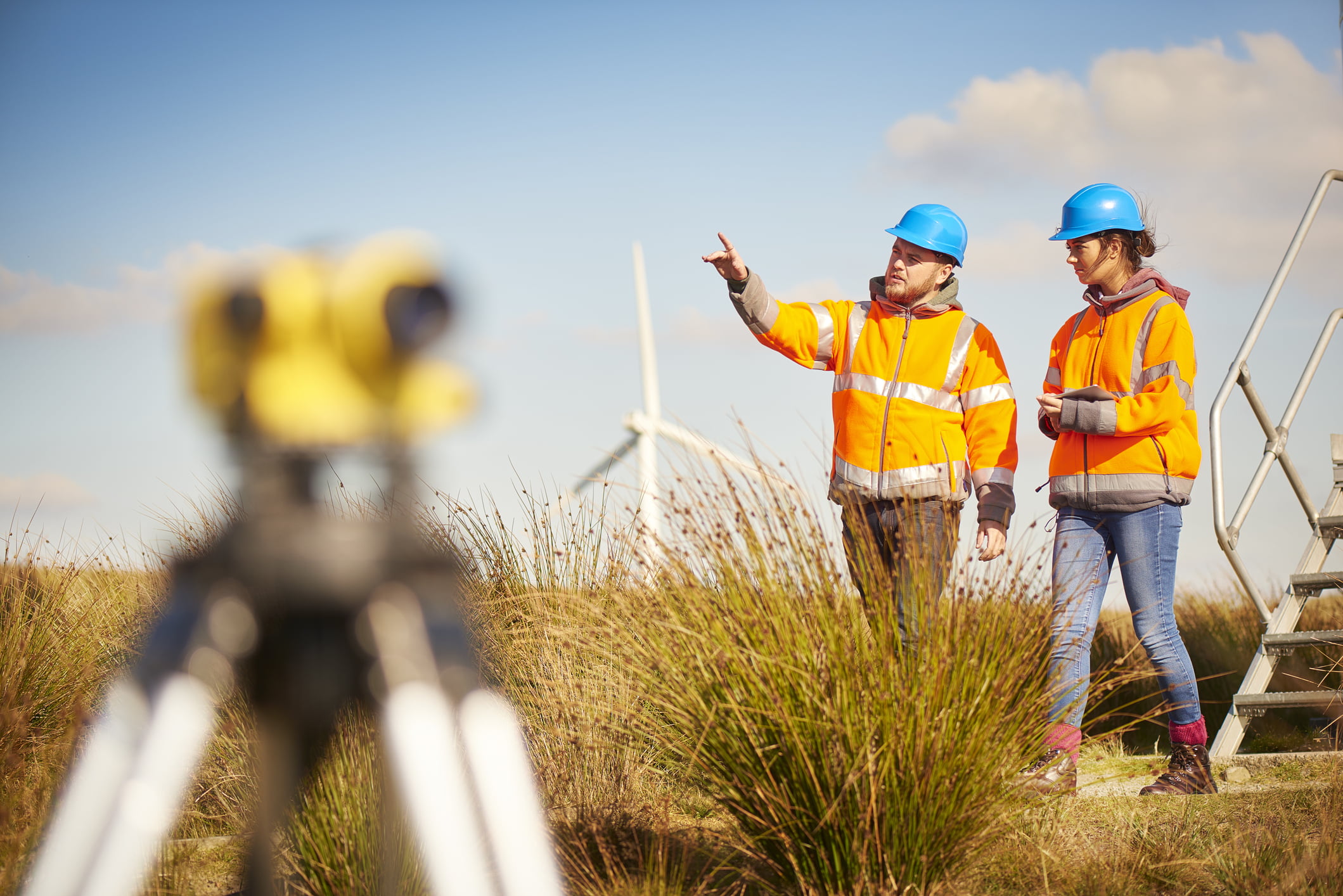It’s estimated that globally, over 50 billion tons of greenhouse gases are emitted into the atmosphere each year. If we want to address the climate emergency and stop global temperature rises, we need to drastically reduce these emissions and aim for ‘net zero’.
In 2015, the international community recognised the need to keep global warming well below 2°C and pursue efforts to limit it to 1.5°C before 2050 as part of the Paris Agreement. The way to do this is through reaching net zero emissions.
The term ‘net zero’ means achieving a balance between the carbon emitted into the atmosphere, and the carbon removed from it. This balance will happen when the amount of carbon we add to the atmosphere is no more than the amount removed.
While the UK is making progress towards net zero, there’s still a long way to go. The Climate Change Committee (CCC) releases an annual report for government that tracks the progress of each major sector and examines whether they are decarbonising at the rate required to reach net zero by 2050.
In its latest report, the CCC states that overall, there has been good progress in areas such as electric vehicles and the expansion of renewable electricity. However, there is concern as major policy gaps still remain for improving home energy efficiency, financial support and strategies for implementing low carbon technologies at a national level.

